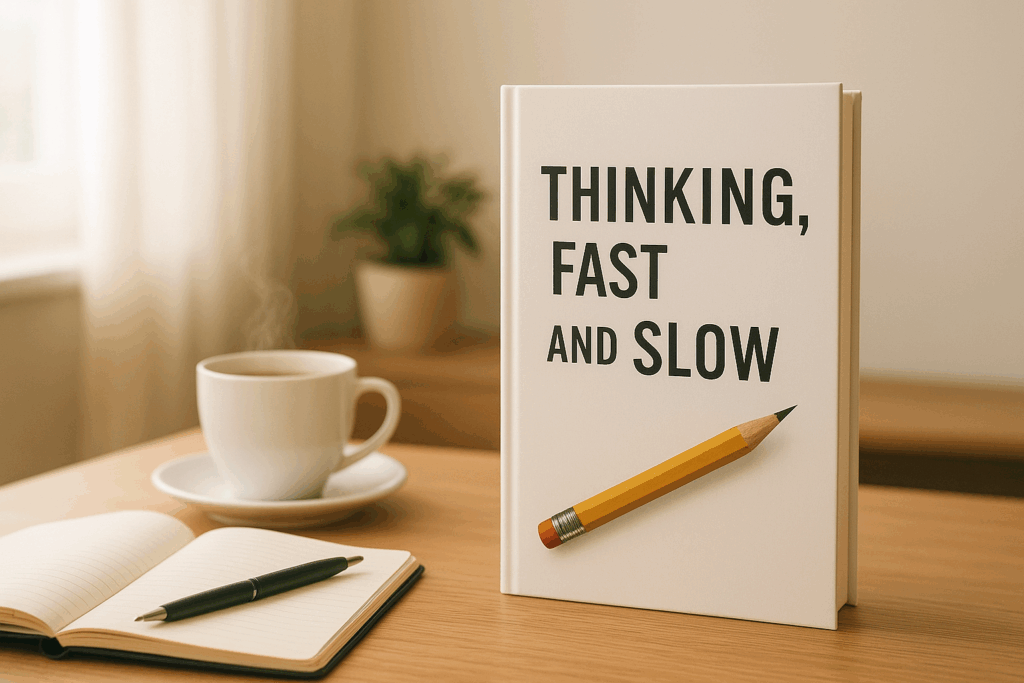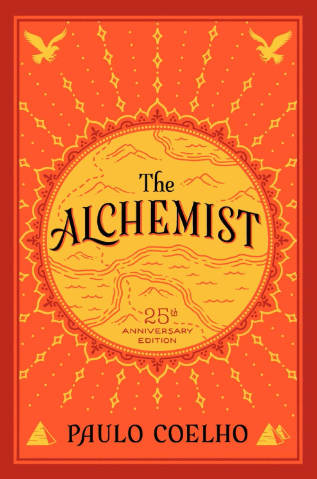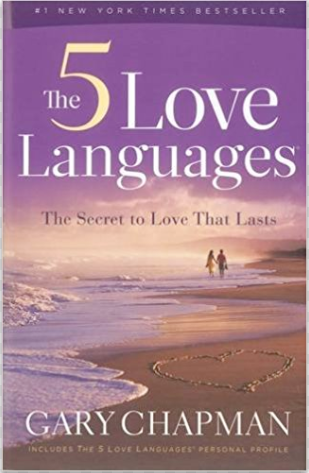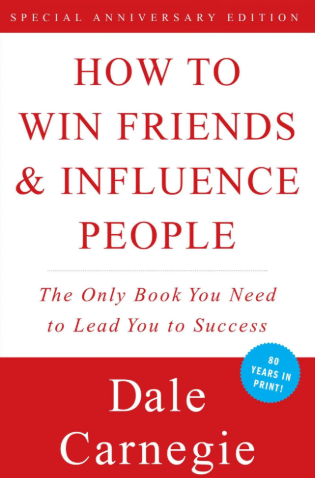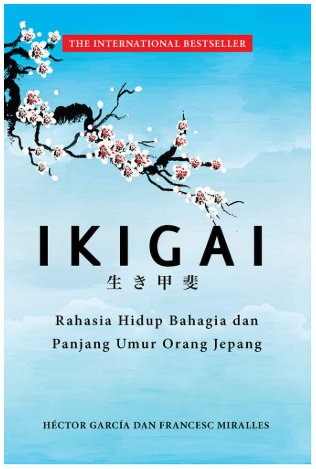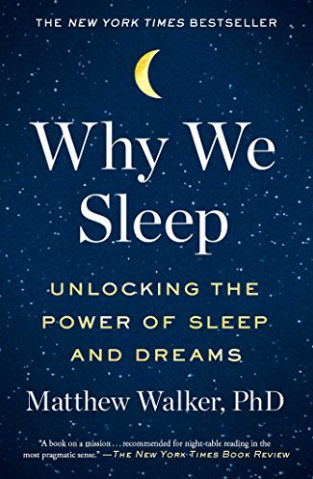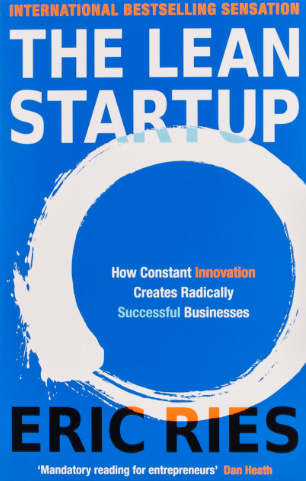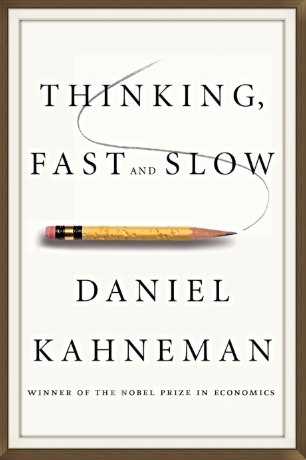
Daniel Kahneman’s Thinking, Fast and Slow is a deep dive into how our brains actually work when making choices. The big idea? We have two systems of thinking: one is fast and automatic, the other is slow and deliberate. Both are useful — but both can also mislead us.
The Core Idea
Our minds love shortcuts. While that saves time, it also leads to bias and mistakes. Learning to spot these patterns helps us make smarter decisions in everyday life.
📘 Book Idea: Humans think with two systems — fast intuition and slow reasoning.
💡 Real Life: When you feel an instant judgment (“That person looks untrustworthy”), pause and ask: Is this intuition or bias?
The Two Systems of Thinking
1. System 1: Fast, Intuitive, Automatic
This is your gut reaction. It’s quick and effortless — but often based on stereotypes or surface impressions.
💡 Real Life: You see a headline and immediately believe it without checking the source. That’s System 1 at work.
2. System 2: Slow, Effortful, Logical
This is your “thinking about thinking” brain. It takes effort but allows rational decisions.
💡 Real Life: Comparing mortgage rates or planning a budget — situations where you carefully weigh options.
Key Lessons from Thinking, Fast and Slow
3. We Are Prone to Cognitive Biases
Our brains take shortcuts that can distort reality — like availability bias (judging by what’s easiest to recall) or anchoring (being influenced by the first number we see).
💡 Real Life: If the first shirt you see costs $200, a $100 shirt feels cheap — even if it’s still expensive.
4. Losses Loom Larger Than Gains
We fear losses more than we value gains. This makes us overly cautious or irrational in decision-making.
💡 Real Life: People hold onto bad investments because selling feels like admitting loss, even though keeping it costs more.
5. Overconfidence Skews Judgment
We think we know more than we do. Our confidence often outpaces our accuracy.
💡 Real Life: Taking a test and feeling “100% sure” about an answer — and then getting it wrong.
Other Insights
- Framing Effect: The way choices are presented changes decisions (“90% survival” vs. “10% death rate”).
- The Planning Fallacy: We underestimate how long tasks will take.
- Intuition vs. Analysis: Trust intuition in familiar situations, but slow down for big, complex decisions.
Final Thought
Kahneman shows us that our brains aren’t perfectly rational machines — they’re shortcuts and stories wrapped in confidence. The key isn’t to eliminate System 1 or 2, but to know when to slow down and question your gut.
🔥 Your Turn: Next time you’re making a big decision, ask yourself — Am I in fast-thinking mode, or slow-thinking mode?

